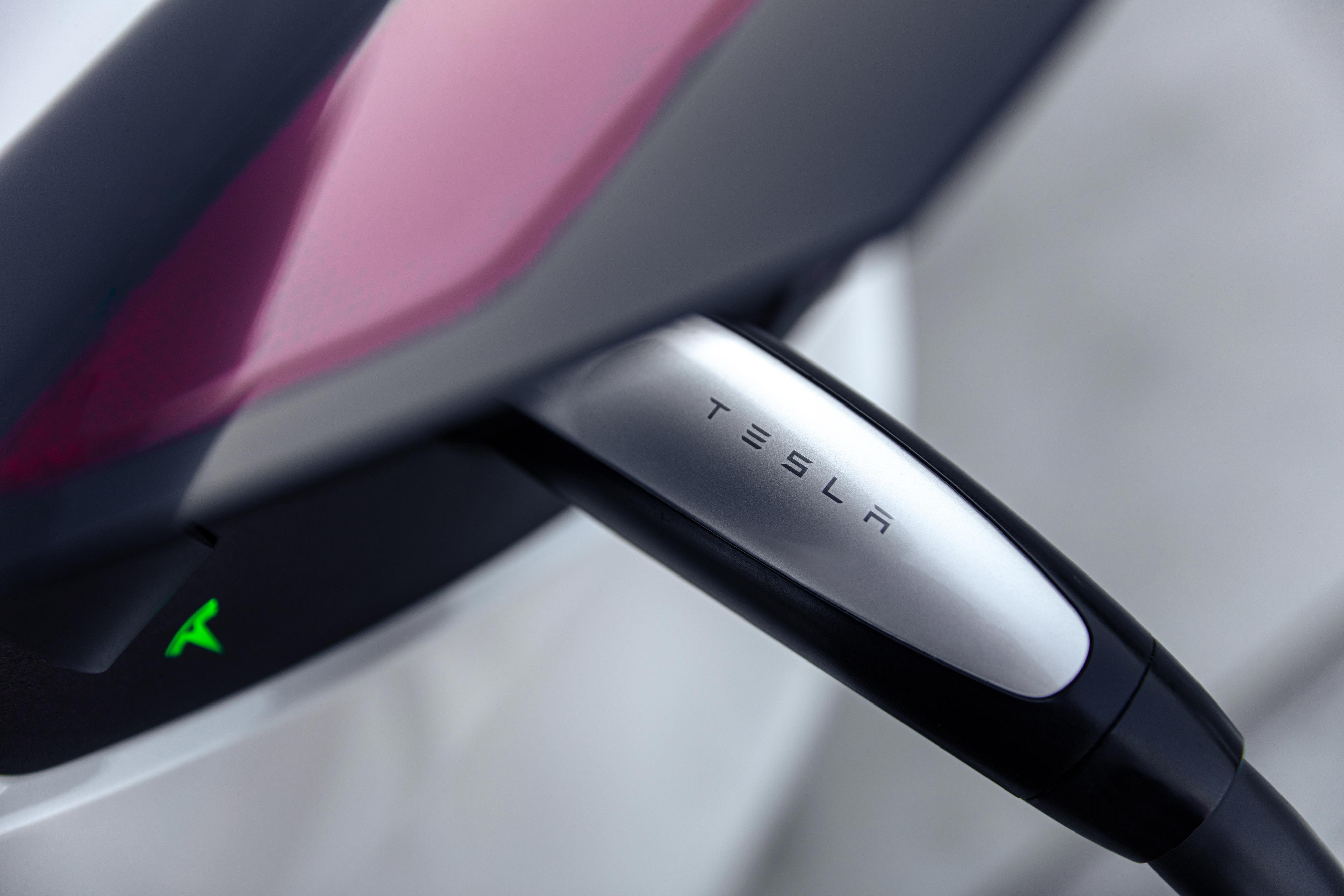One of the best things about owning a Tesla is being able to take advantage of the massive network of chargers to quickly and easily charge up your car. Charging a Tesla is extremely easy — all you have to do is plug in your car, and all of the costs and payments are handled automatically.
But did you know there are actually different kinds of Tesla chargers? Tesla Destination Charging and Tesla Superchargers are the two main options, but there are some key differences between the two. Understanding these differences will help you make sure you’re taking advantage of the best charger for your needs.
Here’s everything you need to know about the differences between using Destination Charges and a Supercharger.
Tesla Supercharger
Tesla’s Superchargers are built to get you from one place to another quickly, and are meant mostly for road trips. Superchargers are located in high-traffic locations like rest stops and shopping malls, so you can charge up your car to continue your journey without having to wait long.

Superchargers are capable of adding up to 200 miles of range in about 15 minutes, though that can vary depending on your Tesla model and the Supercharger you’re at. Superchargers usually charge at between 90kW and 200kW — though again, that will vary.
The downside to using a Supercharger is that they can get crowded at popular times, and there is usually a fee to use them. You’ll usually pay around 25 cents per kWh, and Tesla bills you automatically after each charge.
Tesla Destination Charger
Tesla Destination Chargers are mostly meant for overnight charging in places you plan to stay for a while — like hotels, restaurants, and other locations that you might spend some time at.
Unlike the Superchargers, however, the Destination Chargers are limited to adding around 30 to 45 miles per hour — so they’re not meant for quickly charging up your car while you’re on a road trip. Instead, they’re meant for slowly and safely charging up your car over the course of several hours.

The upside to using a Destination Charger is that they’re usually a lot less crowded than Superchargers, and they’re usually free to use, with the owner of the location footing the bill for electricity. All you have to do is plug in and your car should charge. Not only that, but they’re not quite as hard on your car’s battery. While fast-charging occasionally is fine for your battery, using Superchargers exclusively isn’t a great idea.
Conclusions
You don’t necessarily need to choose between using Superchargers or Destination Chargers. Instead, you’ll likely take advantage of both, depending on your situation. When you’re on a road trip, Superchargers will be your best bet, as they’ll quickly get you juiced up and ready to hit the road again. But if you’re stopping somewhere for a while, you should use Destination Chargers instead. Between the two types of chargers, there are thousands and thousands of chargers — so you should be able to keep your car topped up.



